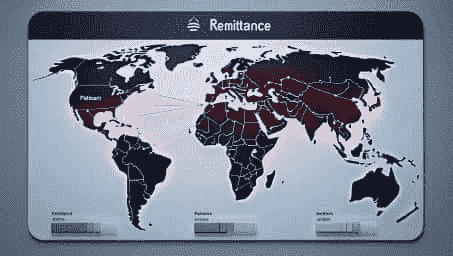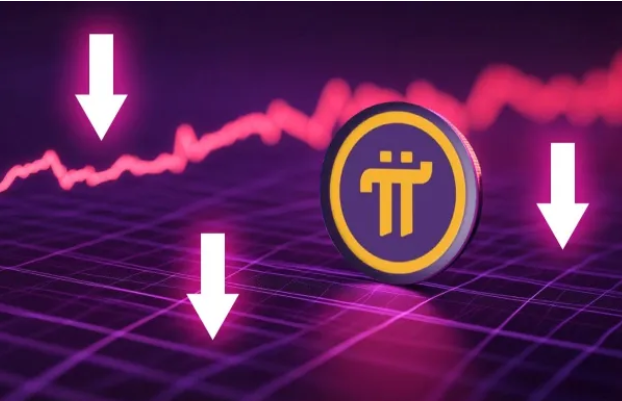KARACHI: Remittance inflows from overseas Pakistanis have shown resilience despite a recent scaling back of incentives offered to banks and exchange companies. According to the State Bank of Pakistan (SBP), remittances grew by 7% during the first two months of the current fiscal year (FY26), easing concerns that reduced incentives would negatively impact inflows. In August alone, overseas workers sent home $3.137 billion—a 6.6% increase compared to the same month last year. However, this marked a slight 2.4% decline from July’s figure of $3.214 billion. That boom helped drive total annual remittances to a record $38.3 billion, significantly boosting foreign exchange reserves by $7.8 billion and stabilizing the Pakistani rupee. While officials are not expecting a repeat of FY25’s extraordinary gains, the government remains optimistic, projecting total remittances of around $40 billion for FY26. During July and August, nearly 55% of all remittance inflows originated from Middle Eastern nations, including Saudi Arabia, the UAE, and other GCC countries. Transfers from Saudi Arabia totaled $1.56 billion, reflecting modest growth of 6%, a sharp drop from the 50.7% surge recorded in the same period last year. seen last year. Inflows from other GCC nations stood at $600 million, growing by 5.3%. Meanwhile, remittances from Western nations showed a mixed trend. The UK saw a marginal dip of 0.5%, with inflows reaching $913.7 million, while the US experienced a notable 13.7% decline, bringing in $537 million. On a brighter note, remittances from the European Union grew by 18%, reaching $857 million during the first two months of FY26. Economists stress the importance of maintaining strong remittance flows to ensure a stable current account and to protect the exchange rate from volatility.
Remittances Defy Odds: Inflows Rise 7% Despite Incentive CutsPakistan’s overseas remittances hit $3.13B in August, showing resilience amid policy shifts. Experts urge susta






